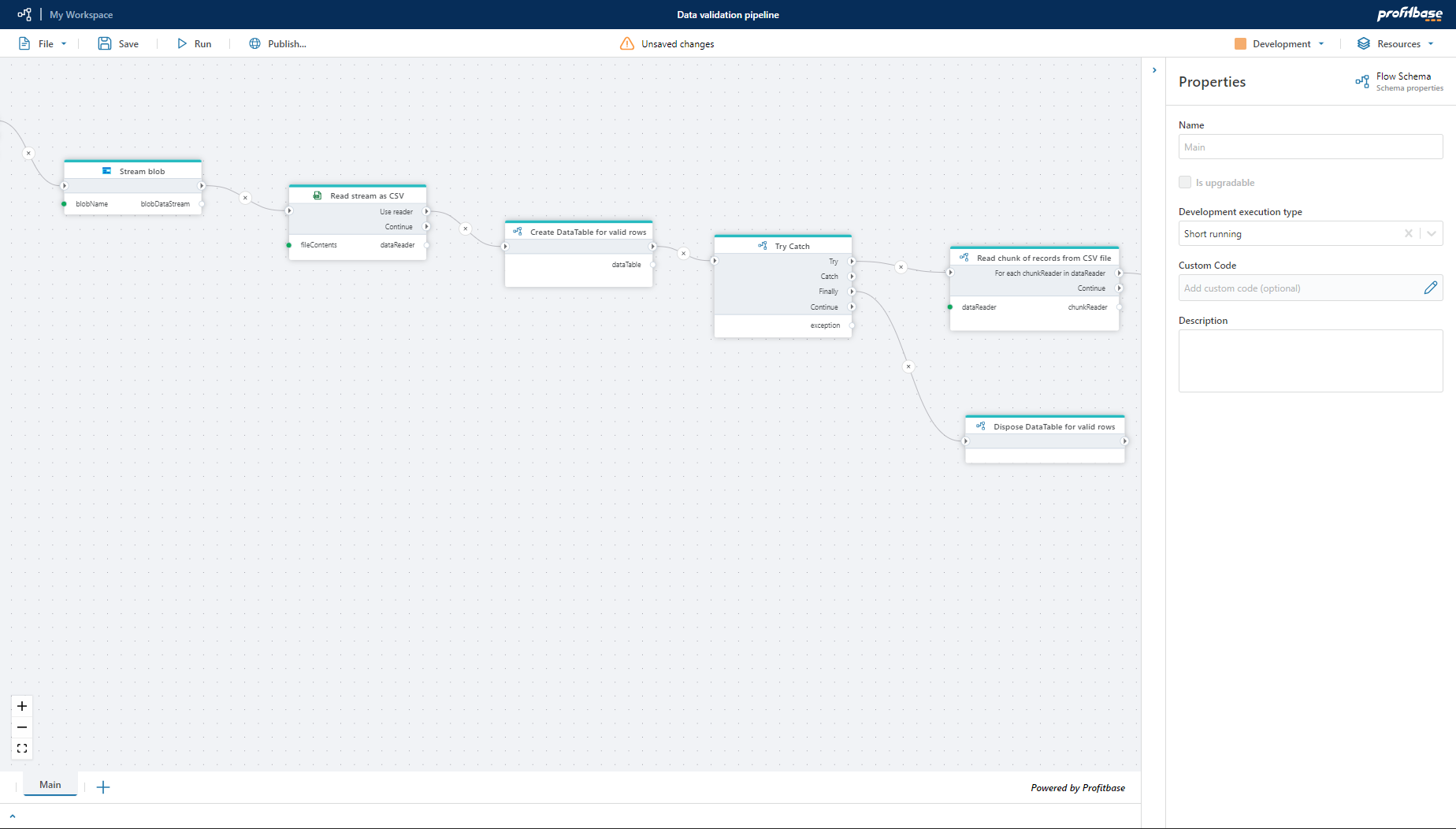Welcome to the August 2024 update of Profitbase Flow. Here are the most important updates added since the last release. Our main focus remains on expanding support for integrations with the most commonly used business systems, enabling you to use Profitbase to automate any business process in finance and operations.
 tsenn
tsenn
Profitbase Flow released!
We are super excited to announce the release of Profitbase Flow, our new digital process automation and data integration platform!
What is Profitbase Flow?
Profitbase Flow enables businesses to automate digital processes and integrate data from various sources through a user-friendly drag-and-drop interface.

Profitbase InVision 2024.1 released!
Profitbase InVision 2024.1 is released with full Flow integration! The major features of the release includes Read about all the new features and enhancements here. Happy low-coding!
Profitbase InVision 2023.7 released!
Just in time for x-mas, InVision 2023.7 is ready with new features and improvements!
Profitbase InVision 2023.6 released!
The October release of InVision is here! Read the news below.
Profitbase InVision 2023.5 released
2023.5 includes a range of improvements and new features, ranging from UI to infrastructure enhancements.
Before updating, please read the upgrade notes at the end.
Profitbase InVision 2023.4 released!
2023.4 adds numerous new features for developers and end users. Continue reading to get the highlights.
Profitbase InVision 2023.3 released!
InVision 2023.3 introduces a diffing tool to view and compare all changes to any Solution object + a few other minor improvements.
Profitbase InVision 2023.2 released!
This is a minor release with a few improvements to the Package upgrade experience.
Profitbase InVision 2023.1 released
This release is a small service release that adds a few improvements to Workbooks, Forms, Web Functions and Table Views. We also move the platform from .NET 6 to .NET 7, which results in better performance in some key area.